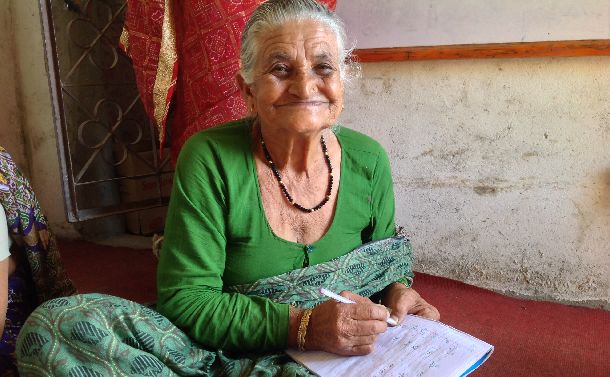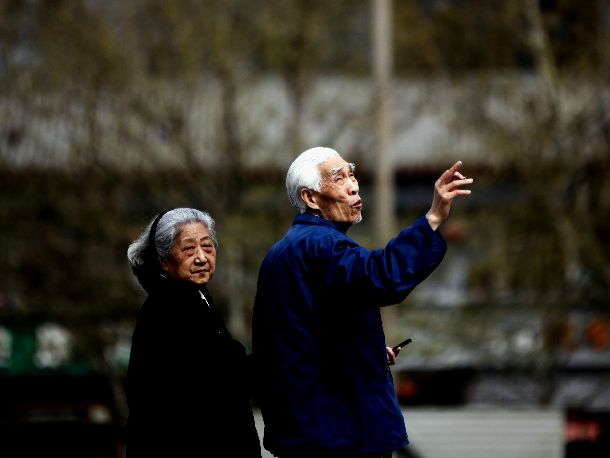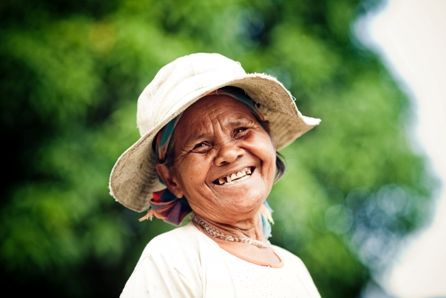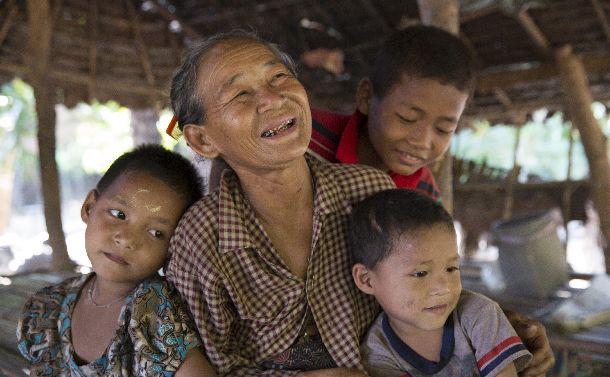Gender equality lies at the heart of the solutions.
2019年10月23日
 Education for the elderly, Nepal ©Ageing Nepal)
Education for the elderly, Nepal ©Ageing Nepal)More and more countries across Asia and the Pacific are confronting the demographic reality of population ageing, a shift that governments often view as a threat to sustainable development, including economic growth. But this challenge can be converted into an opportunity for wellbeing and prosperity, if strategies and policies put gender equality firmly at the centre.
Globally, the number of older persons is forecast to exceed 2 billion by 2050. By then, nearly two-thirds of the world’s older people – close to 1.3 billion – will be living in Asia-Pacific, with one in four people across the region expected to be over 60, increasing to one in three people in North-east and East Asia.
Women currently constitute over half – some 54% – of the older demographic in Asia-Pacific, but represent an even greater majority, 61%, of the “oldest old” population of 80 years and older, representing the ‘feminization of ageing.’
 An elderly couple on a stroll, China©UNFPA China
An elderly couple on a stroll, China©UNFPA China
Longevity is a triumph of development, from lower fertility linked to successful voluntary family planning and better health outcomes, reflecting an improved quality of life. But this shift also has complex implications, which governments and civil society must jointly tackle.
With insecure incomes, a lack of assets and insufficient social safety nets, far too many senior citizens are already struggling to get by, with many slipping into extreme poverty.
Older women especially are more vulnerable, exacerbated by the disadvantages they face not only in their later years, but from the very beginning of life itself.
Consider a woman now entering her seventh decade in the village where she was born and raised. As with so many of her generation, she was made to marry as an adolescent, with minimum education. She had children early; the pregnancies were unplanned; and childbirth was risky. Her husband, many years her senior, died a long while ago, leaving her a widow, unprepared to enter the workforce and unable to properly fend for herself.
This story is not uncommon; we see it repeated in many places, in many contexts.
 Inter-generational efforts to addressing population ageing are taking shape in Viet Nam©UNFPA Viet Nam
Inter-generational efforts to addressing population ageing are taking shape in Viet Nam©UNFPA Viet Nam
This optimal pathway reflects the vision of individual rights and choices – with a focus on sexual and reproductive health and reproductive rights - at the heart of sustainable development across the life cycle, grounded firmly in gender equality.
This is the vision articulated by the Programme of Action that emerged from the 1994 International Conference on Population and Development in Cairo, unanimously agreed upon by 179 countries.
ICPD makes it clear that success in tackling population ageing does not exist in a vacuum, but is connected to how wisely a country invests in its entire population, in a holistic way.
It may sound obvious, but gender equality across all spheres of life – including the home as well as the workplace - is critical.
There are compelling data that couples who share housework on a more gender-equal basis, or who can avail of equitable maternity and paternity leave policies and benefits after the birth of a child, are more likely to have a second child.
Countries concerned about very low fertility and population ageing should promote and bring about equitable policies grounded in gender equality, creating a fairer and more just world for all.
What governments should not do is push pro-natalist policies that seek to compel women to have more children as a response to low fertility and population ageing.
Such reactions, increasingly being seen amid rising conservatism globally, are counter-productive - ignoring the ground realities of people’s lives and undermining their rights and choices, thus jeopardizing the gains made under ICPD.
 Elderly women are often caregivers for their grandchildren, despite their own economic challenges, Myanmar©Age International)
Elderly women are often caregivers for their grandchildren, despite their own economic challenges, Myanmar©Age International)
 Nairobi Summit on ICPD25 will be held on 12-14 November in Nairobi
Nairobi Summit on ICPD25 will be held on 12-14 November in NairobiWe call upon governments to overcome their concerns regarding population ageing and develop innovative strategies and solutions with gender equality and rights at the core. The very future of Asia and the Pacific – and the region’s women in particular - depends on it.
October 1 marked the International Day of Older Persons, an observance that takes on increasing urgency with each passing year. In November, UNFPA with the Governments of Kenya and Denmark will convene the ICPD25 Nairobi Summit, to seek renewed commitments from governments towards the unfinished business of ICPD. The need to tackle population ageing strategically – and holistically – will be prominent on the agenda.
有料会員の方はログインページに進み、デジタル版のIDとパスワードでログインしてください
一部の記事は有料会員以外の方もログインせずに全文を閲覧できます。
ご利用方法はアーカイブトップでご確認ください
朝日新聞社の言論サイトRe:Ron(リロン)もご覧ください